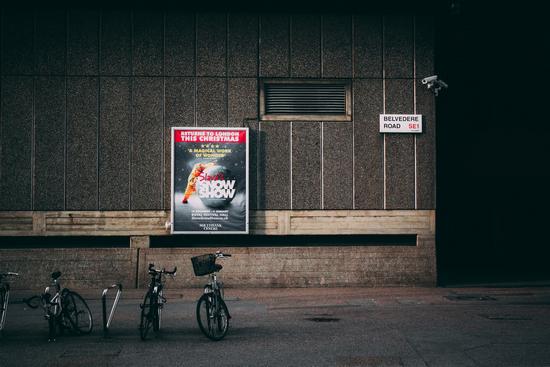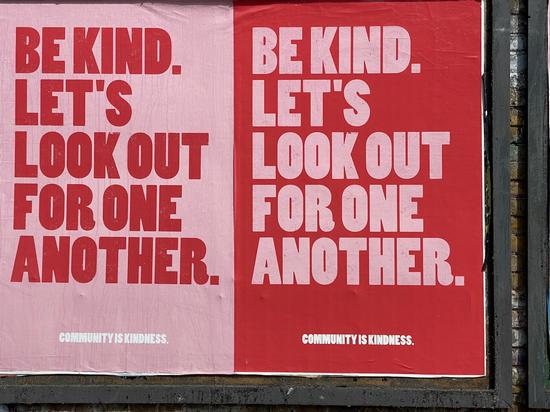7
Choosing the Right Format for Your Poster: Tips for Creating the Most Effective Designs
No comments · Posted by Sergei Rzhevsky in Art, Business
When it comes to creating a poster, choosing the right format is a critical step in ensuring that your design effectively communicates its message and captivates the audience. Whether you create a poster at https://create.vista.com/create/posters/ for an event, marketing campaign, or personal project, the format you select can significantly impact its success.
In this guide, we will provide you with valuable tips on how to choose the most suitable format for your poster and create a design that leaves a lasting impression on your audience.
Understanding Poster Formats
Common Poster Sizes
Posters come in various sizes, and it’s essential to consider the intended display location when choosing the format. Common sizes include A4 (8.27 × 11.69 inches), A3 (11.69 × 16.53 inches), A2 (16.53 × 23.39 inches), and A1 (23.39 × 33.11 inches). Larger formats like 24 × 36 inches and 27 × 40 inches are also popular for promotional posters.
Orientation: Portrait or Landscape
Decide on the orientation of your poster – portrait (vertical) or landscape (horizontal). Portrait orientation is well-suited for displaying more text or vertical images, while landscape format allows for a broader view and is ideal for showcasing scenic imagery or landscapes.
Choosing the Right Format
1. Consider the Content
The content of your poster plays a significant role in determining the format. If your poster primarily consists of textual information, a portrait orientation might be more appropriate, as it allows for easier readability. On the other hand, if your design focuses on visuals or large images, a landscape format could be the better choice to provide more space for artistic expression.
2. Display Location
Where you plan to display the poster is crucial in selecting the format. For example, if the poster is hung on a narrow wall, a portrait orientation will fit better. For wide and open spaces, a landscape format can fill the area more effectively.
3. Target Audience
Consider the preferences and habits of your target audience when deciding on the format. For instance, if your poster targets a younger demographic accustomed to scrolling through content on their smartphones, a vertical format may feel more familiar and engaging.
4. Branding and Identity
If the poster represents a brand or organization, aligning the format with its established branding and visual identity can enhance recognition and cohesiveness. Consistency in format across marketing materials helps reinforce brand messaging.
5. Printing and Budget Constraints
The chosen format may impact printing costs, especially for large or custom sizes. Be mindful of your budget and consult with printing services to determine the most cost-effective option that meets your design requirements.
6. Flexibility and Adaptability
Consider how flexible the chosen format is for different mediums and purposes. A poster that can be easily adapted for social media posts, email campaigns, or online advertisements expands its reach and visibility.
Design Tips for Effective Posters
- Maintain Visual Hierarchy: Regardless of the format, ensure that your poster has a clear visual hierarchy. Place the most important information and visuals prominently to draw the viewer’s attention and guide them through the content.
- Balance Negative Space: Avoid cluttering the poster with too many elements. Embrace negative space to create a balanced and visually appealing design. Negative space helps highlight the main message and prevents the poster from feeling overwhelming.
- Choose Legible Fonts: Select fonts that are easy to read from a distance. Avoid decorative or overly stylized fonts for essential information. Test the readability of the fonts at different sizes to ensure they remain clear when printed or displayed.
- Utilize High-Quality Images: If your poster includes images, ensure they are of high resolution and quality. Blurry or pixelated images can detract from the overall impact of the design.
- Test the Design: Before finalizing the poster, conduct usability tests with a small group to gather feedback. Assess how well the format and design resonate with the audience and make necessary adjustments based on their feedback.
Conclusion
Selecting the right format for your poster is a vital step in creating an effective and visually appealing design. By considering the content, display location, target audience, branding, printing constraints, and flexibility, you can make an informed decision that aligns with your design objectives. Remember to follow design best practices, maintain a visual hierarchy, balance negative space, use legible fonts, and incorporate high-quality images to craft a poster that stands out and leaves a lasting impression on your audience.
Tags: No tags
You might also like:
<< Unusual Orthodox Church in Moshny








